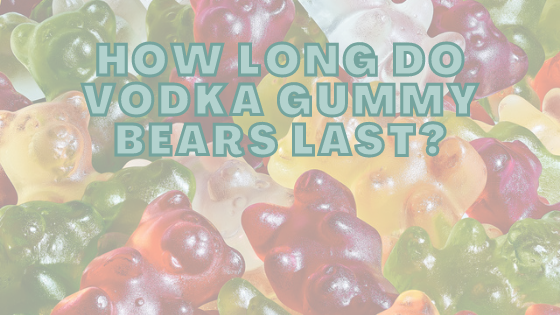How Long Do Gummy Candies Last
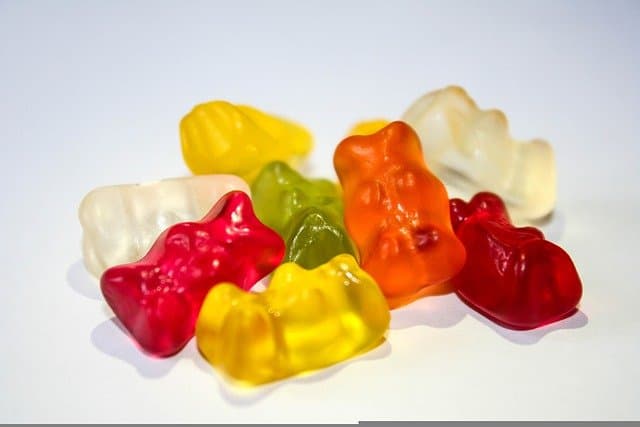
The allure of gummy candies is undeniable, a sugary treat enjoyed by children and adults alike. But beyond the immediate satisfaction, a practical question lingers: how long do these chewy delights actually last before they lose their appeal or, worse, become unsafe to eat?
Understanding the shelf life of gummy candies involves considering several factors, including ingredients, storage conditions, and manufacturing processes. This article delves into the science behind gummy candy preservation and offers guidance on maximizing freshness and ensuring safe consumption.
Understanding Gummy Candy Composition
Gummy candies are primarily composed of sugar, glucose syrup, water, gelatin (or pectin for vegan options), flavoring, and coloring agents. The sugar and glucose syrup act as humectants, attracting and retaining moisture, which contributes to the candy's soft texture.
Gelatin, a protein derived from animal collagen, provides the characteristic chewy consistency. Pectin, derived from fruits, serves the same function in vegan gummy candies.
The shelf life of gummy candies is directly influenced by these ingredients and how they interact over time.
Factors Affecting Shelf Life
Several factors play a crucial role in determining how long gummy candies remain palatable. These include storage conditions, packaging integrity, and the presence of preservatives.
Storage Conditions
Storage conditions are arguably the most significant factor. Gummy candies are highly susceptible to changes in temperature and humidity.
Excessive heat can cause the candies to melt and stick together, while high humidity can lead to a sticky surface as the sugar absorbs moisture from the air. Ideal storage involves keeping the candies in a cool, dry place, away from direct sunlight.
According to the National Confectioners Association, maintaining a consistent temperature and low humidity is key to preserving the texture and flavor of gummy candies.
Packaging Integrity
The packaging of gummy candies is designed to protect them from external elements. An airtight seal prevents moisture and air from entering, which can degrade the quality of the candy.
Once the package is opened, the candies are exposed to the environment, accelerating the deterioration process. Resealable bags or airtight containers are recommended for storing opened gummy candies.
Damage to the packaging, such as tears or punctures, can significantly shorten the shelf life.
Preservatives
Some gummy candies contain preservatives such as citric acid or potassium sorbate, which inhibit the growth of mold and bacteria, extending the shelf life. The presence and concentration of these preservatives can vary depending on the manufacturer and the specific product.
Reading the ingredient list can help consumers identify whether preservatives are used. Candies labeled as "all-natural" or "organic" may contain fewer or no artificial preservatives, potentially impacting their longevity.
Determining Expiration Dates
Most commercially produced gummy candies have a "best by" or "expiration" date printed on the packaging. This date indicates the period during which the candy is expected to maintain its optimal quality and flavor.
It's important to note that the "best by" date is not necessarily an indicator of safety. Gummy candies may still be safe to eat after this date, but their texture and flavor may have deteriorated.
The FDA does not mandate expiration dates for most food products, including candies, but encourages manufacturers to provide them as a guide for consumers.
Signs of Spoilage
Even if the "best by" date has not passed, it's essential to inspect gummy candies for signs of spoilage before consumption. Common indicators include changes in texture, odor, and appearance.
A sticky or slimy surface, a foul odor, or the presence of mold are all signs that the candies should be discarded. Significant changes in color or a hardened texture can also indicate deterioration.
If in doubt, it's always best to err on the side of caution and avoid eating questionable gummy candies.
Extending the Shelf Life
Consumers can take several steps to extend the shelf life of gummy candies. Proper storage is paramount. Store gummy candies in a cool, dark, and dry place.
Keep them in an airtight container or resealable bag after opening the original packaging. Avoid exposing the candies to extreme temperatures or humidity.
Smaller portions can also help to reduce exposure to air, thus slowing the decaying process.
Potential Health Concerns
While generally safe to eat, consuming spoiled gummy candies can lead to mild gastrointestinal distress. Mold growth can produce toxins that may cause nausea, vomiting, or diarrhea.
Excessive sugar consumption, regardless of the condition of the candy, can contribute to dental problems and other health issues. Moderation is key when indulging in gummy candies.
Individuals with allergies to specific ingredients, such as gelatin or artificial colors, should carefully read the ingredient list before consuming gummy candies.
Conclusion
Gummy candies, while a delightful treat, have a limited shelf life that is influenced by various factors. Understanding these factors and practicing proper storage techniques can help consumers enjoy their favorite candies for longer and ensure their safety.
While gummy candies don't typically pose a serious health risk, it's still prudent to inspect them for signs of spoilage. When in doubt, it’s better to toss them out.
By following these guidelines, consumers can maximize the enjoyment and minimize the potential risks associated with gummy candies, ensuring that these sweet treats remain a delightful part of life.



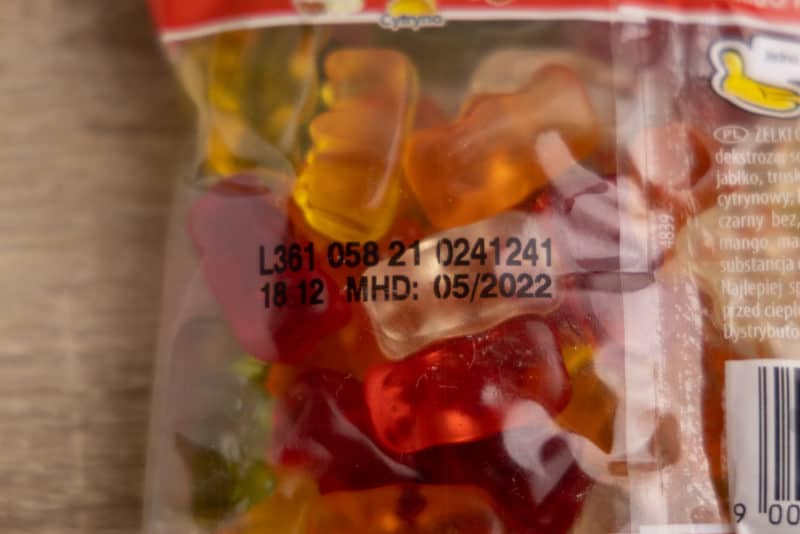
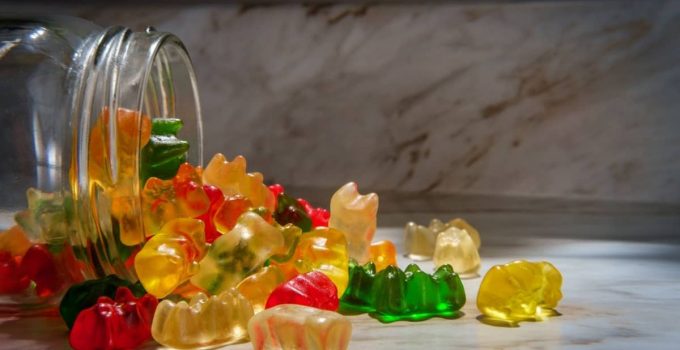

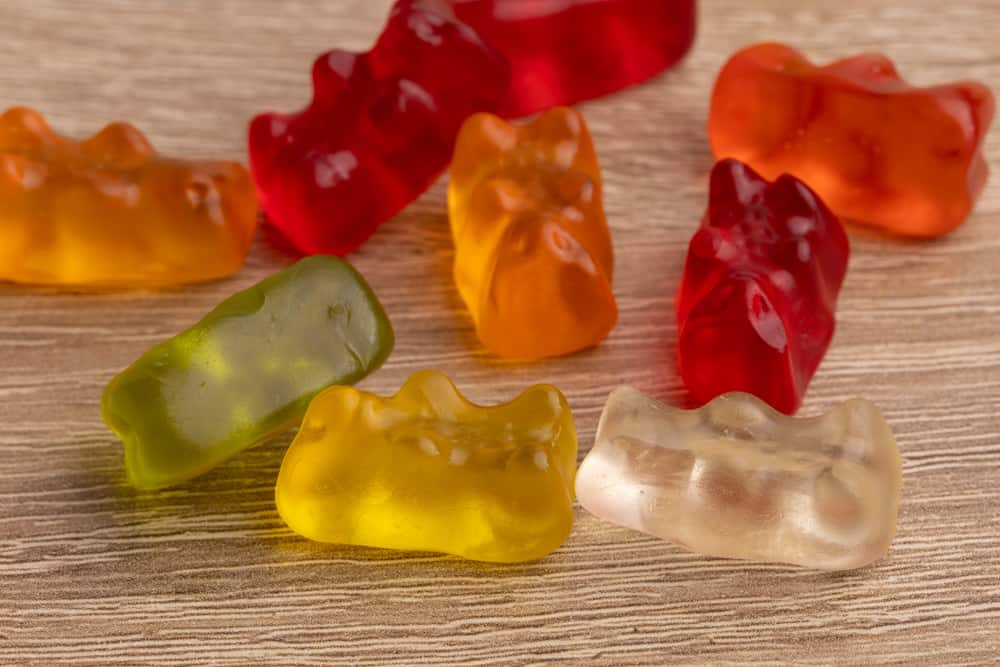


![How Long Do Gummy Candies Last How Long Do Gummy Bears Last? [Shelf Life Guide] [2025]](https://ca8534d4.delivery.rocketcdn.me/wp-content/uploads/2021/07/how-long-do-gummy-bears-last.jpg.webp)



